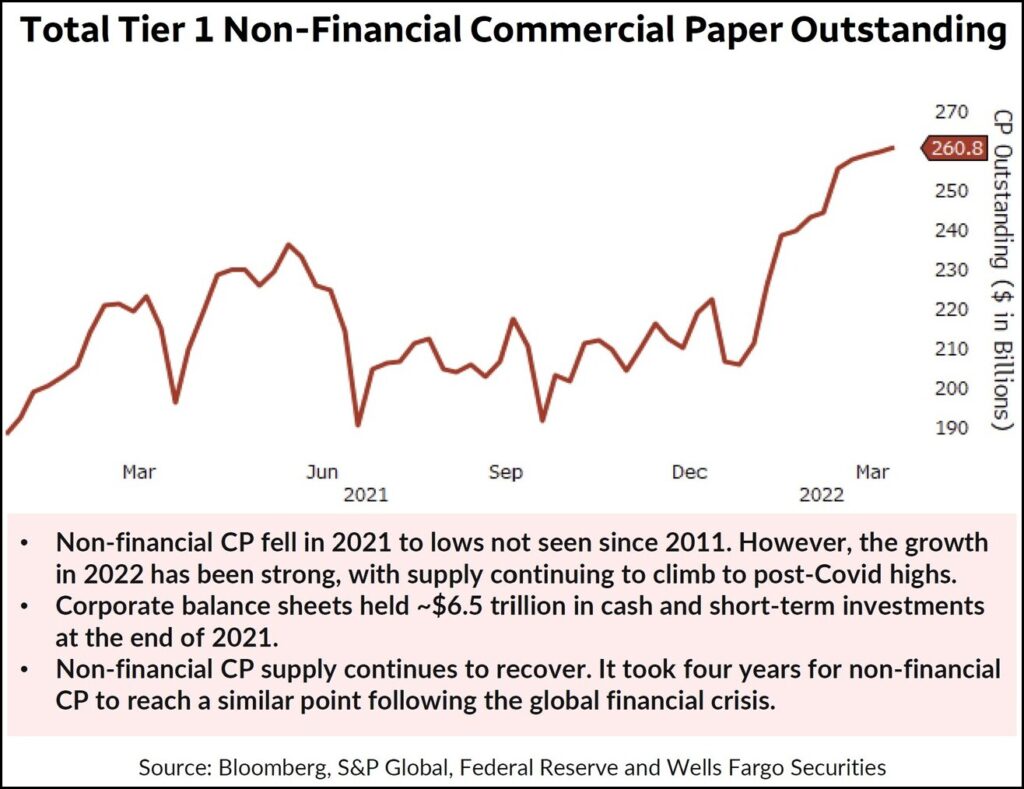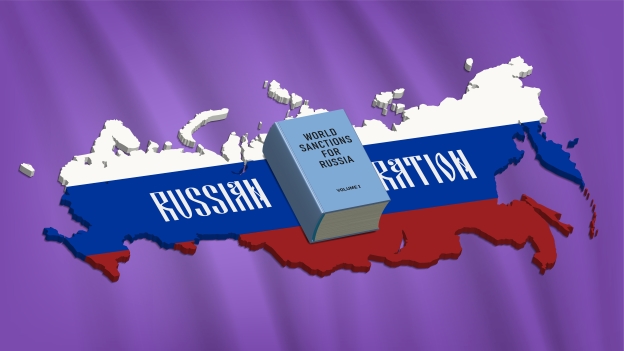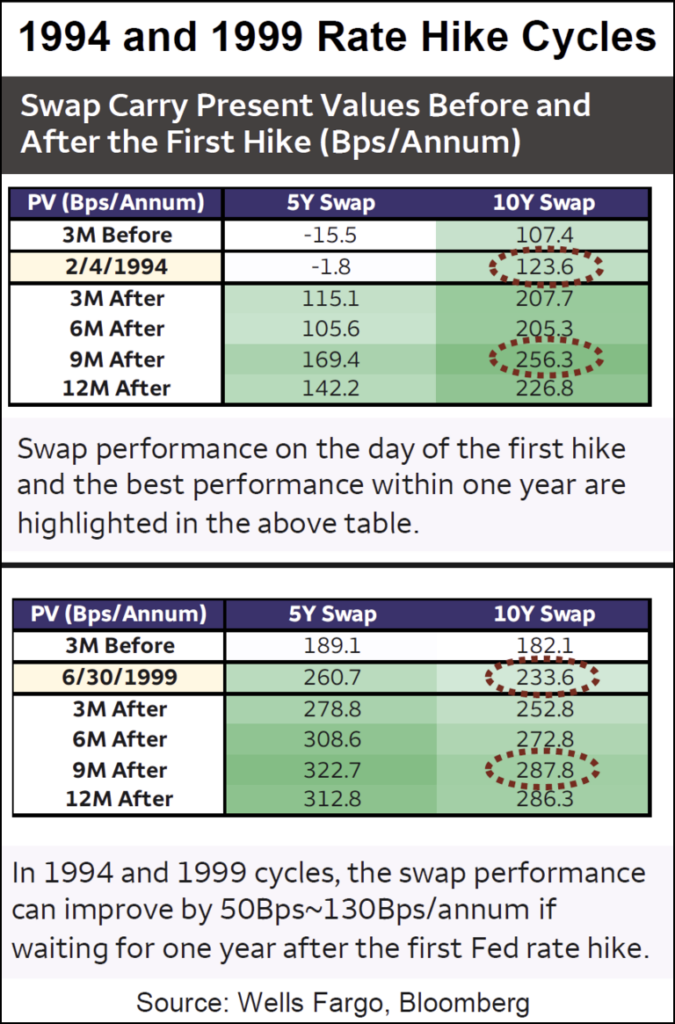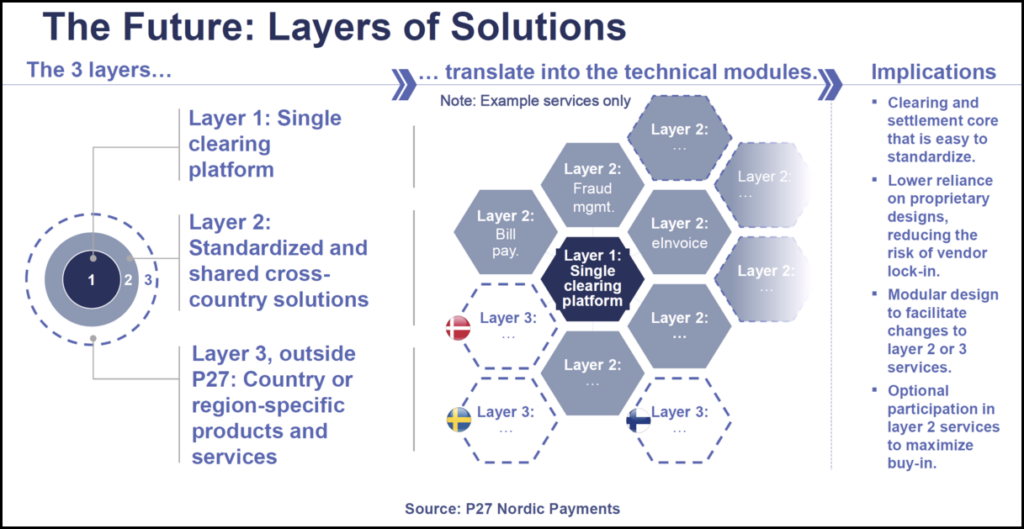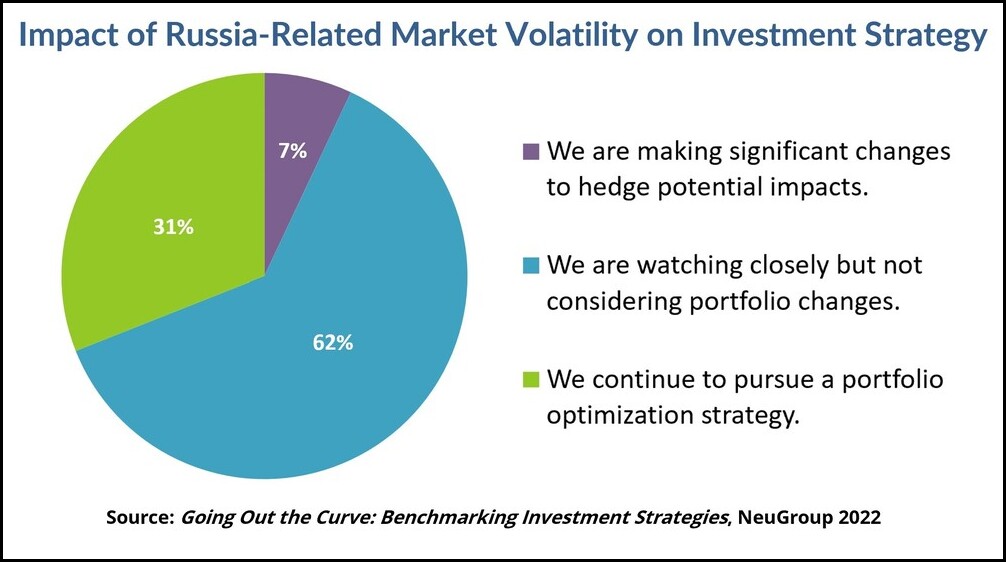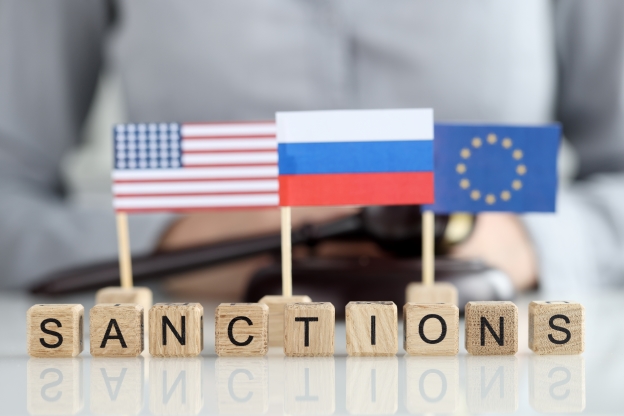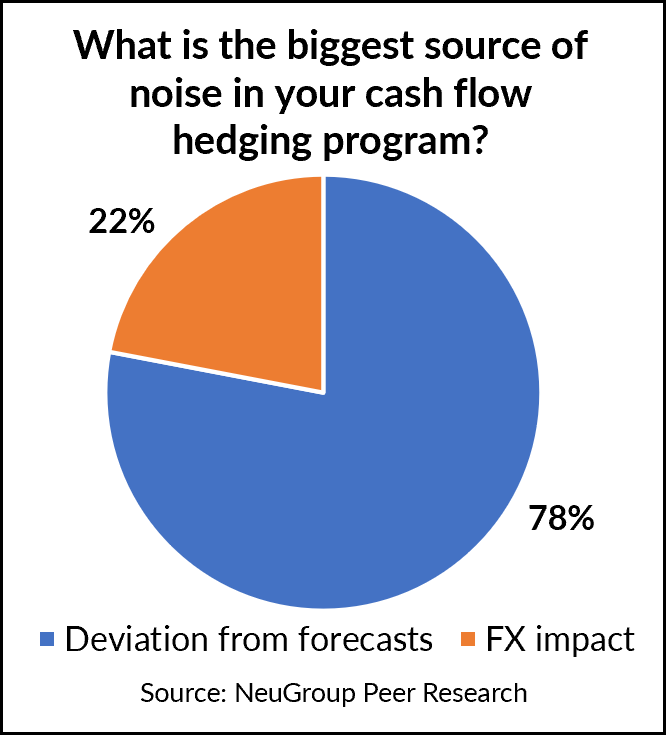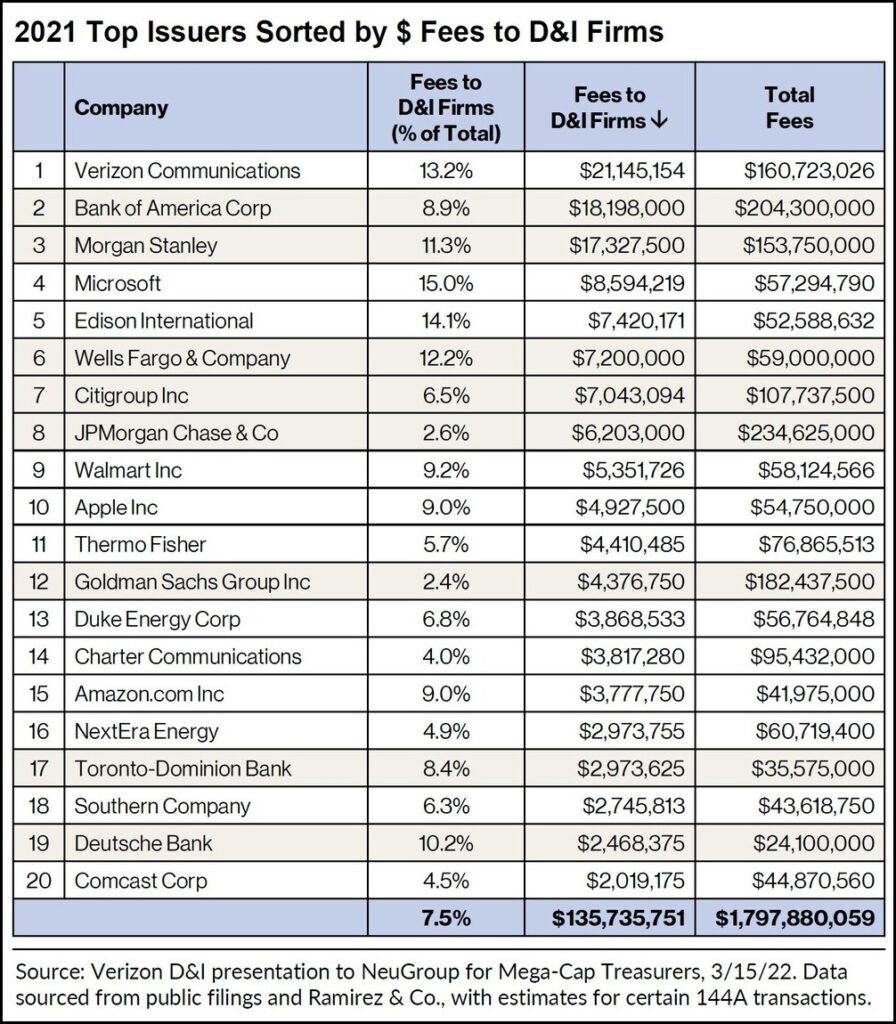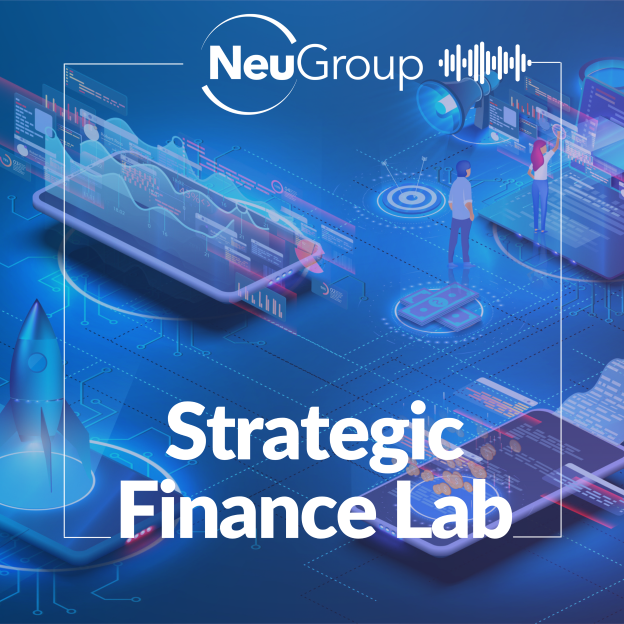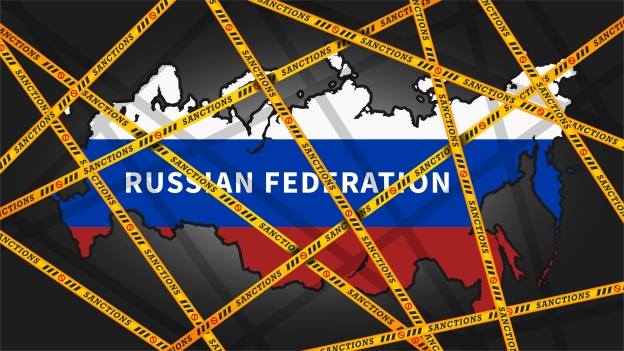
Author Larry Maisel says advanced analytics fueled by AI helps finance teams explain why something happened, what may happen next and what action to take to prepare for it.
NeuGroup managing director Nilly Essaides recently interviewed Larry Maisel, an analytics expert and president of DecisionVu, about his recently published book, AI-Enabled Analytics: A Roadmap for Becoming an Analytics Powerhouse. The book, co-authored with Robert J. Zwerling and Jesper H. Sorensen, focuses on how to leverage advanced analytics to drive unbiased and actionable insights that add value to enterprise performance.
Author Larry Maisel says advanced analytics fueled by AI helps finance teams explain why something happened, what may happen next and what action to take to prepare for it.
NeuGroup managing director Nilly Essaides recently interviewed Larry Maisel, an analytics expert and president of DecisionVu, about his recently published book, AI-Enabled Analytics: A Roadmap for Becoming an Analytics Powerhouse. The book, co-authored with Robert J. Zwerling and Jesper H. Sorensen, focuses on how to leverage advanced analytics to drive unbiased and actionable insights that add value to enterprise performance.
Essaides: In your book, you make a fundamental distinction between analytics and analysis. How are they different, and why is it important for finance professionals to understand that difference?
Maisel: Analysis is arithmetic on data, simple multiplication and division functions that yield informative results. A finance example would be identifying the variance between budget and actuals. Analytics, on the other hand, is mathematics on data, or the use of statistical, algorithmic and other technique, which can produce insight, foresight and actionable information. So, analysis will tell me that I am under budget by 5%. Analytics, by contrast, will tell me about the drivers of underperformance; it will also provide insight into making decisions in order to take action.

Essaides: Given how far AI has evolved, should today’s finance professionals worry about being replaced by AI-enabled analytics?
Maisel: Not at all. AI is absolutely complementary. It is critical that decision-makers understand the right balance between analytics and human judgment and not lose that perspective. In doing the research for the book, I learned from the work of others, like Daniel Kahneman and Amos Tversky. These two long-time collaborators studied and introduced the concept of a two-system brain, and how that duality affects our decision-making regarding risk and uncertainty. System one is instinctive and based on gut feel. System two is slow, prodding and analytical. We use system one all the time, like when we go to the grocery store and pick a particular product off the shelf. In those cases, system one has an advantage. But when we come to business and making important decisions about our operations or about events, we need to be on guard against system one, because system one has biases, which may cause us to make decisions that might not be the best.
One example Kahneman and Tversky introduced is representativeness bias. That means that we assume things that look like others we’ve experienced before will remain the same going forward. That way of thinking incorporates preconceptions and therefore bias. To address business decisions, scenario analysis needs to recognize that bias; we need to apply mathematics to the data (i.e., analytics) to identify potential outcomes.
Essaides: Can you give us examples of how bias-free analytics can be applied to make decisions in the finance organization?
Maisel: You can think of it in treasury and FP&A as it relates to cash forecasting. Integral to the forecast is your ability to look at accounts receivable and predict the likelihood of which accounts will be paid within which period of time. That’s where AI-enabled analytics can help, by examining time series of data and performing trend analysis.
The sweet spot of advanced analytics is really in the transformation of FP&A from the reporter persona to an advisor persona that tells me not what happened, but why it happened, what may happen next and what action to take to prepare for it. As one of my CFO friends told me: “I don’t want to know something. I want to be smarter about something.” The whole point is to make the CFO more impactful, and the use of advanced analytics goes a long way toward building the CFO’s capabilities to work with the operations and be engaged and welcomed. Using this advantage, treasury and finance executives have an incredible opportunity to go beyond finance and impact strategic decisions.
Essaides: Finance organizations may be hesitant to adopt AI tools because they believe staff does not have the required skills. How concerned should they be?
Maisel: Today’s leading-edge AI tools rely on low- or no-code, with the algorithms already embedded in the solution. That means you don’t have to be a data scientist to make an impact. The tool we offer comes with built-in algorithms, so finance analysts don’t have to write and calculate a formula, for example, to identify correlations, as you would in Excel. It’s more straightforward. You don’t have to be an Excel “jockey” to test for correlations against different dimensions and drive down different paths of data, for example by product, customer or geography. What you need is the skill to be analytical and to be able to interpret what the data is revealing to you.
Essaides: We often hear our members complain about the attitude and response time of their IT organizations when they ask for a new tool. Is that getting better?
Maisel: I have a great deal of respect for CIOs, as many of them are beginning to welcome easy-to-use advanced analytics tools because they understand IT’s role is to bring that technology to the business in a way that contributes to its competitiveness and performance. I see a lot more collaboration between IT and their business partners. In the past, finance executives were often told this was not their domain, and implementations were very cumbersome. In today’s world, agility and quality of data are both very important, and you can achieve that by ensuring the CFO and the CIO work in collaboration. IT is really evolving from being the application guardian into the guardian of data.
Essaides: Your book’s subtitle is a “Roadmap for Becoming an Analytics Powerhouse.” Can the office of the CFO become that powerhouse, i.e., provider of analytics services to the rest of the company?
Maisel: From the CFO’s perspective, one critical step is to assign or hire an analytics champion, who would be an advocate for finance analytics capabilities within the company, as well as make sure the right talent is recruited or identified. A big part of the champion’s role is to ensure the organization has the right processes and tools, and that the analytics culture becomes embedded within the corporate DNA by demonstrating success. The key is to demonstrate how analysis contributes to profitability or improved performance.
In the book, we describe a hypothetical telecom company that was trying to understand the key drivers of its revenue performance. They started by mapping any causal factors that may influence financial results. Our role would be to work with them to run AI-enabled analytics in order to isolate the set of drivers that truly move the needle on performance. This way, you can validate and measure the impact of different elements, for example churn, by identifying critical trends and come up with corrective actions. In the case of churn, for example, this may be allocating more resources to reduce billing errors.
Essaides: For a CFO, treasurer or of head of FP&A, what are some of the things they should be thinking about to reach this new advisory role?
Maisel: The first thing is to identify a proof-of-value area within the company or within finance, for example sales analysis, where finance can apply AI-enabled analytics to support the sales forecast or work collaboratively with marketing to improve demand forecasting.
When you do the pilot, as the executive sponsor, you should make sure you provide sufficient budget and the right resources with the bandwidth to execute a successful project. You also need to make this a priority, so this does not become the flavor of the month. You have to demonstrate your conviction to stay with and focus on the project in order to prove its value.
If the pilot does not produce the expected results, learn from that experience and do another pilot in another area. The value is accumulative to the organization. Over time, as well as through market surveys, we have found that if you apply advanced analytics, compared to mere analysis, you can produce tangible value.



